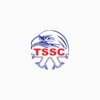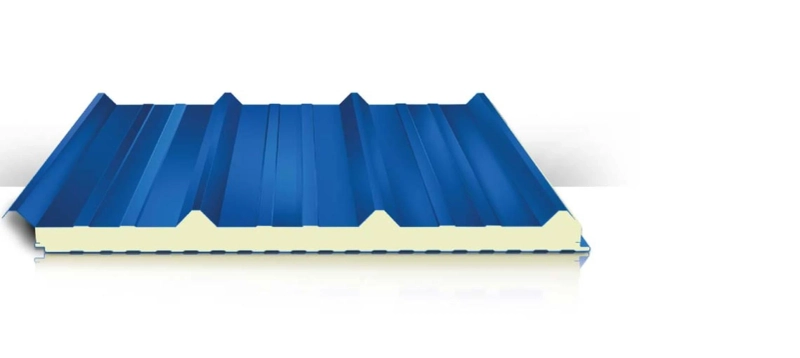Selecting the appropriate building materials is essential to building industrial and commercial facilities. In recent years, puf insulated panels have gained significant popularity due to their exceptional insulation properties and versatile applications. In this guest post, we will explore everything you need to know about PUF insulated panels for walls and roofs.
Insulated panels are suitable for walls and roofs, offering numerous advantages over traditional construction methods. Insulated wall and roof panels provide warehouses, factories, and other facilities stability and sturdiness.
The Uses Of Insulated Panels
You can use insulated panels in the construction industry for walls, roofs, and floors. They provide excellent thermal insulation, reducing energy consumption for heating and cooling. Insulated panels are ideal for cold storage, walk-in freezers, and refrigeration. Their high insulation properties help maintain stable temperatures, heat transfer, and proper storage conditions for perishable goods and pharmaceuticals.
The puf insulated panels find applications in various industries due to their thermal insulation properties, structural strength, weather resistance, and ease of installation. They are versatile building materials that provide energy efficiency, environmental sustainability, and improved performance in diverse settings.
The Types Of Insulated Panel
Here are some common types of insulated panels:
1. Insulated Wall Panel
Instead of the high beadings on roof panels, insulated wall panels have a lined profile for stability. The lack of a high ridge means no overlapping flap. Thus the panels are joined together using a tongue and groove joint that is more apparent than on the roof panels. Another alternative is to utilize hidden fixing screws visible from the inside.
2. Polyurethane (PUR) Panels
These panels have a core made of rigid polyurethane foam. PUR panels offer excellent thermal insulation, low weight, and good structural strength. They frequently work in industrial settings, cold storage facilities, and building construction.
3. Eco Roof Panels
The ECO roof panels are a unique variety of roof panels. Instead of steel, they have aluminum foil covering the underside. They are therefore categorized as single-use products under construction laws and do not require approval. ECO roof panels have a lot more advantages than only this legal one. Consequently, ECO roof panels are great for agricultural structures like stables and barns.
4. Expanded Polystyrene (EPS) Panels
EPS panels originate from polystyrene foam. They provide good thermal insulation and are lightweight. You can use EPS panels for walls and roofing systems in residential and commercial projects.
5. Mineral Wool Panels
These panels have a core made of mineral wool, a type of insulation material made from rock or slag fibers. Mineral wool panels offer excellent fire resistance and sound absorption properties. They are commonly used in industrial buildings, acoustic enclosures, and areas where fire safety is critical.
These are just a few examples of insulated panels available at Technical Supplies & Services Co. The choice depends on the requirements, including the desired thermal performance, fire resistance, structural strength, and budget considerations.
Insulated Panel Composition
The insulated panels consist of three main components: the outer facing, the insulation core, and the inner facing. The three components of insulated panels are tightly bonded and torn through an adhesive or mechanical fastening system, ensuring the panel's stability and structural integrity.
• The Outer Facing
The outer facing of insulated panels is typically made of durable materials such as steel, aluminum, or fiberglass-reinforced plastic (FRP). These materials provide strength, weather resistance, and protection against external elements. The outer facing can be coated or treated to enhance its performance in terms of corrosion resistance or fire resistance.
• The Insulation Core
The insulation core is the key component responsible for the thermal insulation properties of the panel. It is placed between the outer and inner facings and acts as a barrier against heat transfer.
• The Inner Facing
The inner facing, similar to the outer facing, is designed to provide strength and protection. For example, in food processing facilities, the inner facing might be made of materials that are easy to clean and maintain hygiene standards.
Conclusion
PUF insulated panels offer numerous advantages for walls and roofs, making them an ideal option for modern construction projects. Proper installation is crucial to ensure optimal performance, as any gaps or poor sealing can compromise the insulation. Secondly, it is important to choose panels with appropriate thermal resistance values. Technical Supplies & Services Co. Is a prominent provider in the industry, ensures the highest quality PUF insulated panels while offering customization options to meet specific project requirements.



